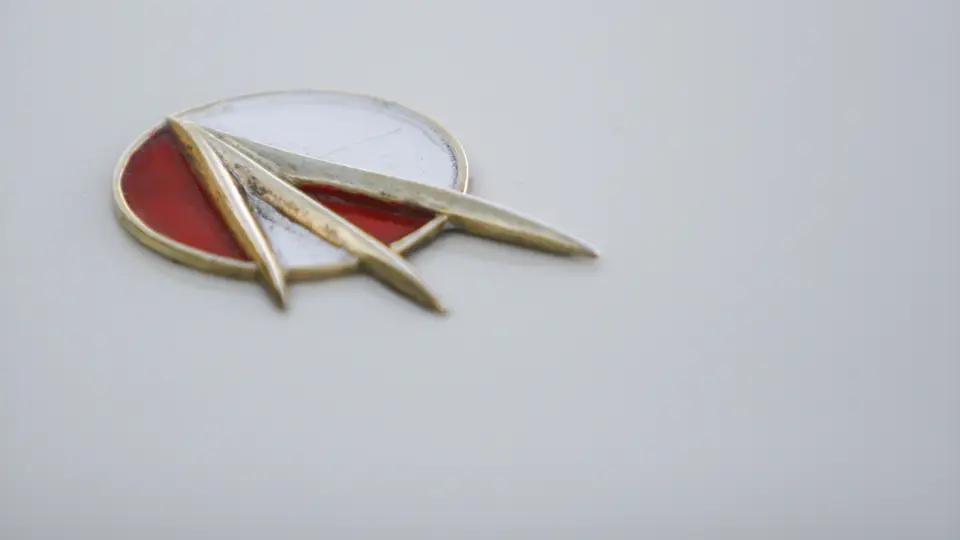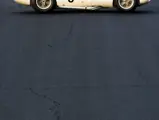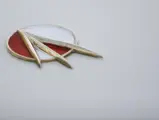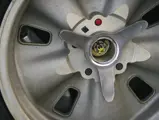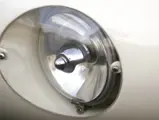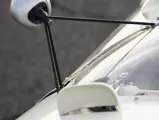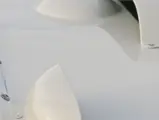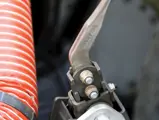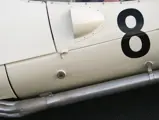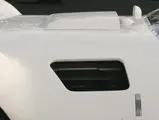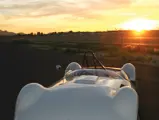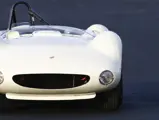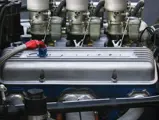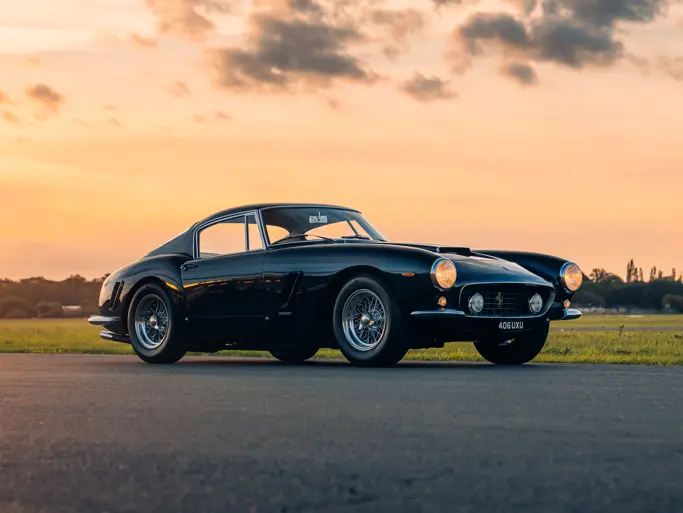
1961 Chaparral 1
{{lr.item.text}}
$2,250,000 - $2,750,000 USD | Not Sold
{{bidding.lot.reserveStatusFormatted}}
- One of two Jim Hall team cars
- Built by Troutman and Barnes for the 1962 and 1963 seasons
- The third of five examples constructed; the original Chaparral design
- Significant race history, both in period and in modern historic racing events
- Cornerstone of a racing legend
442 bhp, 339 cu. in. Chevrolet V-8 engine, six Stromberg 97 carburetors, four-speed manual gearbox, independent front and rear suspension using A-arms, coil springs, and tubular shock absorbers, rack-and-pinion steering, and four-wheel Girling disc brakes. Wheelbase: 90 in.
Few names from America’s legendary sports car racing scene of the 1950s and ’60s loom as large as Jim Hall. Hall was perhaps the only one of his significant peers who successfully engaged in the full range of racing’s activities, seamlessly shifting between roles as driver, team owner, development engineer, and designer.
As a Texan of means, Hall unsurprisingly hailed from a family background in the oil exploration business. However, as a youth, he developed a strong interest in sports cars and began racing by the age of 18. During the late 1950s, Hall went into business with Carroll Shelby as the proprietors of a Dallas-based Maserati and Lister sports car dealership, thus providing him with easy access to the day’s fastest European sports racers. He enjoyed great success in several Maseratis through 1959, and by mid-1960, he was variously using a 450S or a Type 61 Birdcage, depending on the needs of the course.
Following his 9th place finish in a 5.7-liter 450S Maserati at the Los Angeles Times Grand Prix at Riverside, California, in October 1960, Hall had a productive discussion with Dick Troutman and Tom Barnes. The two craftsmen, who were a part of the team that constructed Lance Reventlow’s fantastic Scarabs, had recently left the Woolworth heir’s employ to set up their own shop in Culver City, California. There, they hoped to continue the development of an updated Scarab. Hall agreed to fund the proposed new design, which they referred to as the “Riverside Racer.” With Hall’s financial involvement, the new car became the Chaparral, named after the race and fierce West Texas Roadrunner, and a racing legend was born.
In this era, rear-engine designs were increasingly proving to be more effective, so Hall and his two builders agreed that placing the new car’s motor behind the driver’s seat would ultimately be the key to success. However, since there was no transaxle strong enough to reliably accommodate the Chevrolet V-8 small block that they planned to use, they adopted a traditional placement, with the engine resting significantly behind the front axle for near perfect front-to-rear weight distribution.
Wrapped in an exquisitely shaped aluminum body that was penned by Art Center graduate Chuck Pelly, the Chaparral 1 was in many ways an evolution, rather than a radical departure, of the Scarab, but it featured a number of technological upgrades, which included a lighter, stiffer chassis, independent rear suspension, and Girling four-wheel disc brakes. In contrast to the Italian cars that Hall had been campaigning, the Chaparral’s suspension was designed, like the Scarab, to be adjustable at all four corners, so that changes could be made to adapt the car to individual track conditions.
Troutman and Barnes initially agreed to construct two cars for Hall, while eventually building three additional cars for other clients. With Hall behind the wheel, the prototype Chaparral (chassis 001) debuted at Laguna Seca on June 10, 1961, to a 2nd overall finish and a 1st in class. This strong promise was followed by a 3rd place finish at the Riverside Grand Prix in October 1961 and a 2nd place at the preliminary Governor’s Trophy race in Nassau two months later.
As 1962 dawned, Hall continued to develop his car, with the help of his friend and fellow racer Hap Sharp. After Troutman and Barnes sold chassis 002 to competitor Harry Heuer’s Meister Brauser team, the car now offered here, chassis 003, became the second of the two examples that were built for Hall as part of his original agreement.
This car first appeared at the 12 Hours of Sebring on March 24, 1962, wearing #10, and it was campaigned by Sharp and Ron Hissom, while Hall and Chuck Daigh drove chassis number 001. When Hall’s prototype car was forced to retire after eight hours, due to steering issues, he and Daigh joined 003’s driving crew, with all four drivers taking shifts to ensure a 1st in class and 6th overall finish. In September 1962, 003 was victorious at Elkhart Lake , this time in the Road America 500, where it impressively advanced through the field after qualifying 7th on the starting grid.
At Sebring in March 1963, 003 was driven once again by Hall and Sharp, but it was forced to retire with engine problems after 15 laps. Hall, ever the development engineer, increasingly tinkered with the bodywork of his two Chaparrals as the season unfolded, adding various nose and tail modifications to hopefully improve aerodynamic performance and various scoops and funnels for improved cooling. However, the front-engine design’s inadequacy became increasingly evident over the course of the year, so Hall and his team hurried to finish their rear-engine replacement racer. After the long-awaited arrival of the Chaparral 2 rear-engine successor in October 1963, both chassis 001 and 003 were sold. Interestingly, this was the only time that Hall sold Chaparrals from his racing stable, as he went on to retain every other car that he subsequently built and used, making the availability of an early ex-Jim Hall Chaparral, on the open market, a very rare occurrence.
Chassis number 003 was purchased by Gary Wilson, of Kansas, and it was campaigned over the course of the 1964 season. Results during this period included an 8th place finish at Greenwood on July 19, a 10th place finish at Meadowdale on August 9, and a 13th place at Mid-Ohio later that month. At the end of the season, the Chaparral 1 was purchased by Joe Starkey and was prepared for another round of competition, with Starkey winning the C-Modified Championship in 1965. This performance included 1st place finishes at the SCCA Nationals at Lake Charles on April 4 and at Kingsville on June 27, while the car roared to 2nd place at Fort Sumner on October 24.
The conclusion of 1965 appears to be the final chapter in 003’s in-period racing career, as the car was clearly no longer competitive. In 1973, the Chaparral was purchased in a state of disrepair by Dr. Gary Lund, who amazingly retained possession of it for roughly 30 years. In 1987, after owning the dilapidated racer for close to 17 years, he nearly sold 003 outright before reaching an agreement with restorer Steve Schultz, who assumed a 50% stake in the car in exchange for donating his restoration services.
Over the course of the next 10 years, Mr. Schultz treated this great American sports racer to a detailed restoration that was based on an extensive amount of historical research based on the specifics of the Troutman and Barnes construction techniques. An inordinate effort was taken to properly replicate the original bodywork configuration (prior to the extensive modifications that Hall eventually undertook), with every detail executed to maximum authenticity, right down to the gold-anodized magnesium wheels.
The beautifully restored car was completed in 1997 and was displayed at finer concours and vintage racing events for several years. until it was sold in 2001 to Skip Barber, the renowned driving school founder from Sharon, Connecticut. This period of ownership included an exciting 2002 appearance by 003 at Road America, the location of one of its greatest racing triumphs. With Jim Hall in attendance, 003 and two other Chaparrals were presented and demonstrated by their creator, resulting in a wonderful reunion of machine and man.
In August 2004, chassis 003 was purchased by its current owner, a historic racing enthusiast who has consistently maintained the car’s originality while still campaigning it in a number of vintage events. At the 2005 Monterey Pre-Historics, the Chaparral twice qualified on pole and then took the checkered flag, and at the main Historics a week later, the car qualified for the pole position and finished 2nd. In June 2006, 003 attended Mt. Tremblant in Canada, although it was only used for practice laps, and in September, the car made a trip to the United Kingdom, qualifying 10th and finishing 5th overall at the Goodwood Revival (including the fastest lap). A year later at Goodwood, the ravishing Chaparral qualified for 8th on the starting grid and eventually finished 10th.
Chassis 003 was retired following this final Goodwood appearance, and it has been optimally exercised, maintained, and serviced, as needed, ever since. This rare Chaparral 1 has been dutifully tended to within the consignor’s private shop, and it remains suited for continued vintage racing, or it could easily be prepared for concours success. It is a genuinely compelling piece of American sports car racing history and a bona fide cornerstone of the Jim Hall legend. This Chaparral has been authentically restored, and it is utterly breathtaking. This unique sports racer claims importance of design, competition pedigree, a select chain of ownership, and deep quality of restoration and ongoing maintenance. It is, without a doubt, one of the most singularly desirable pieces of American post-war racing lore to become available in recent memory.
This is a race car and will, therefore, be sold on a Bill of Sale.
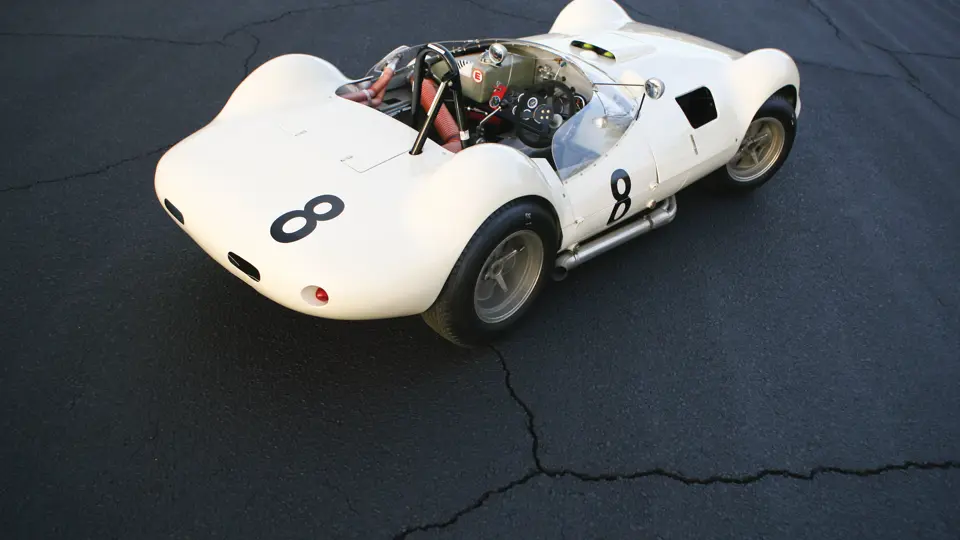



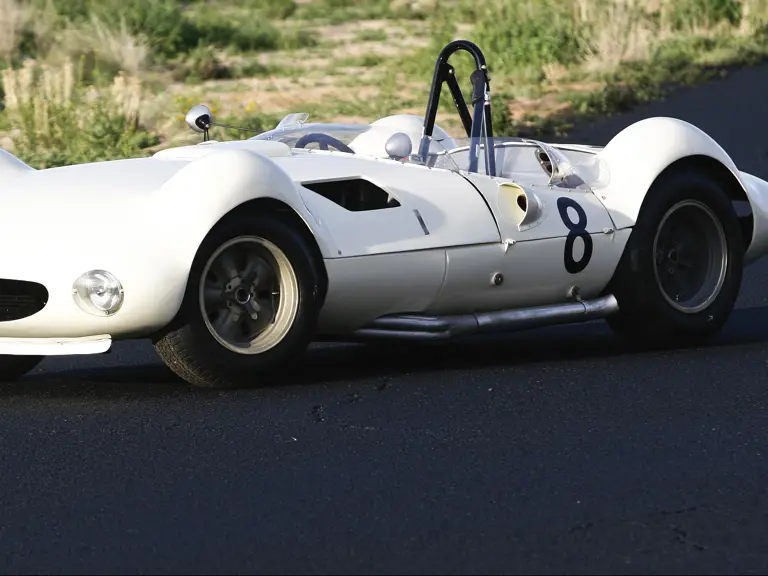
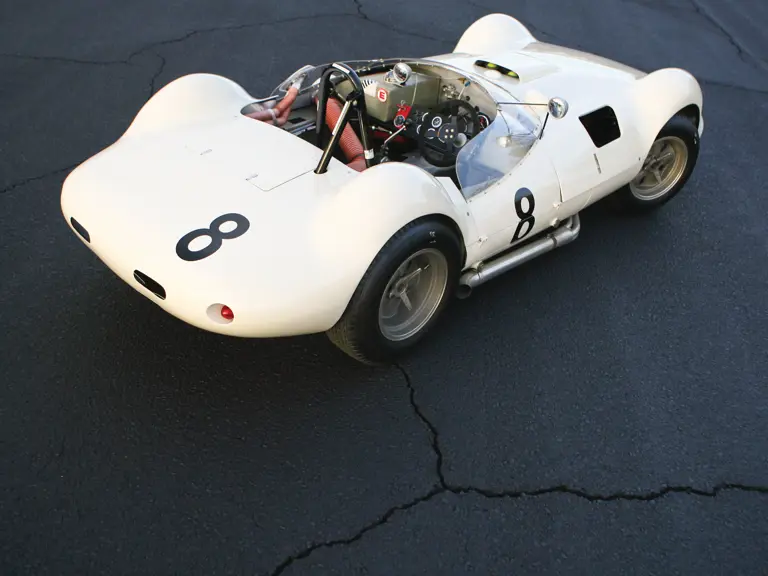
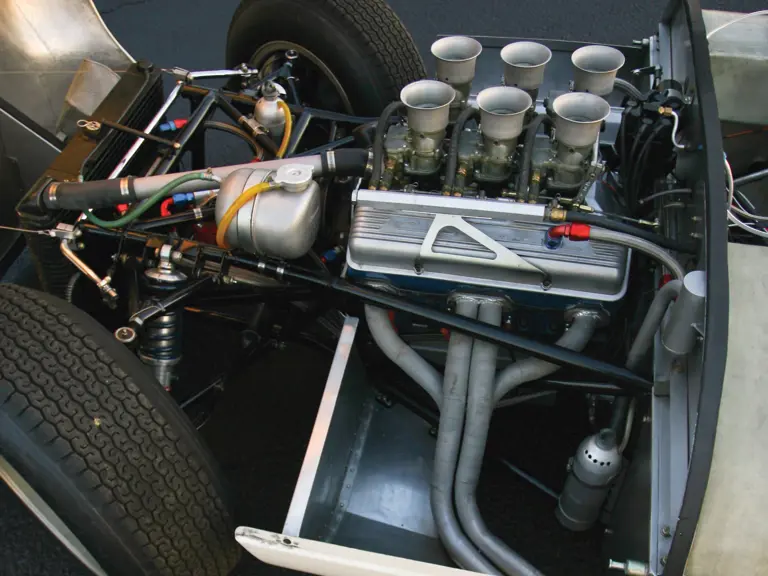
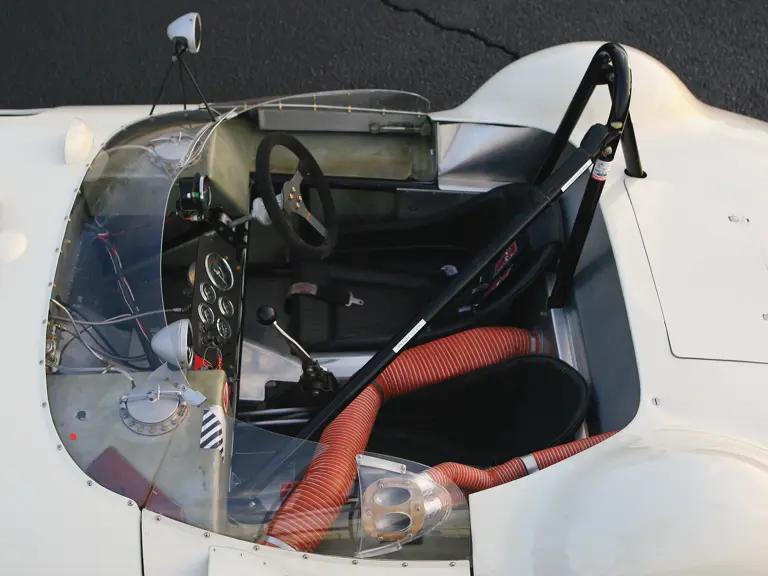
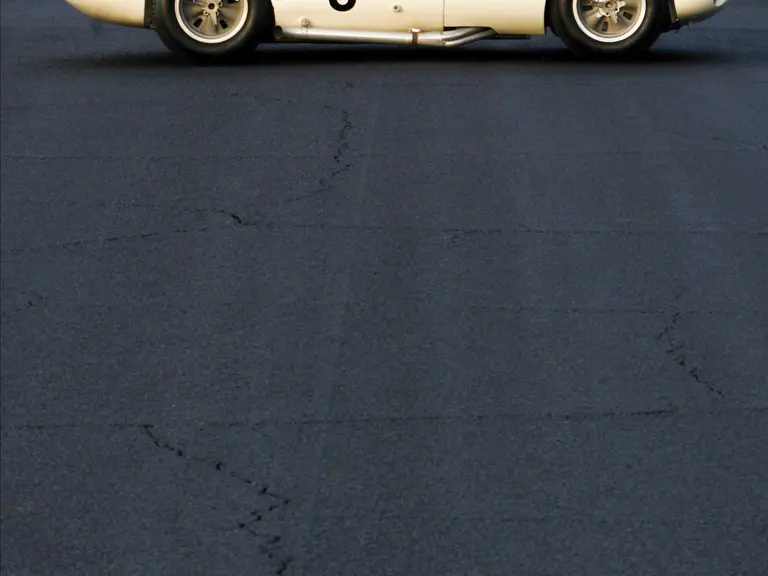
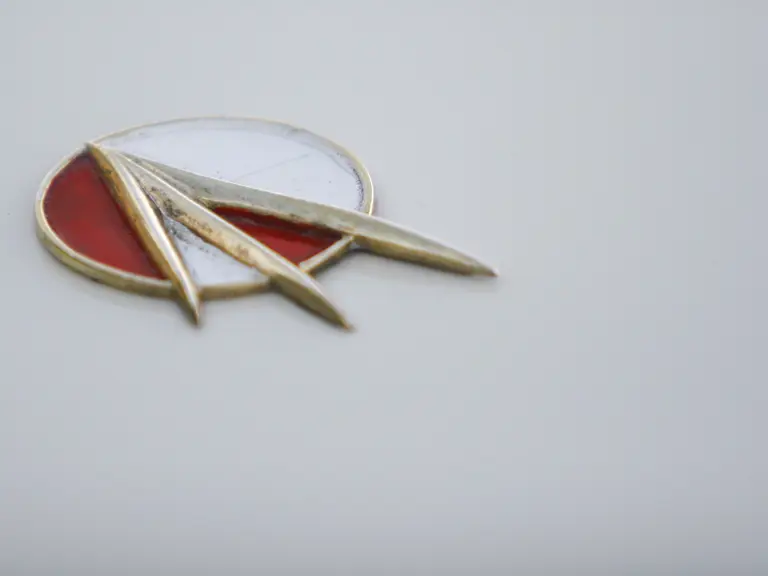
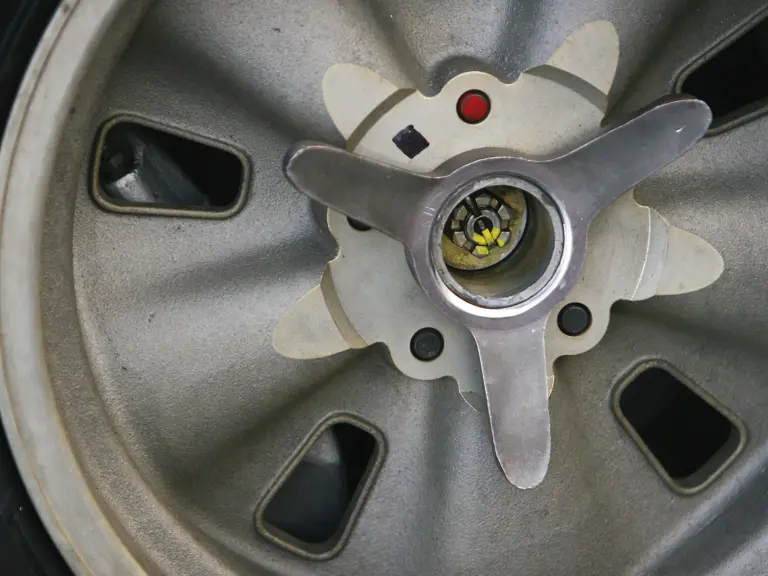
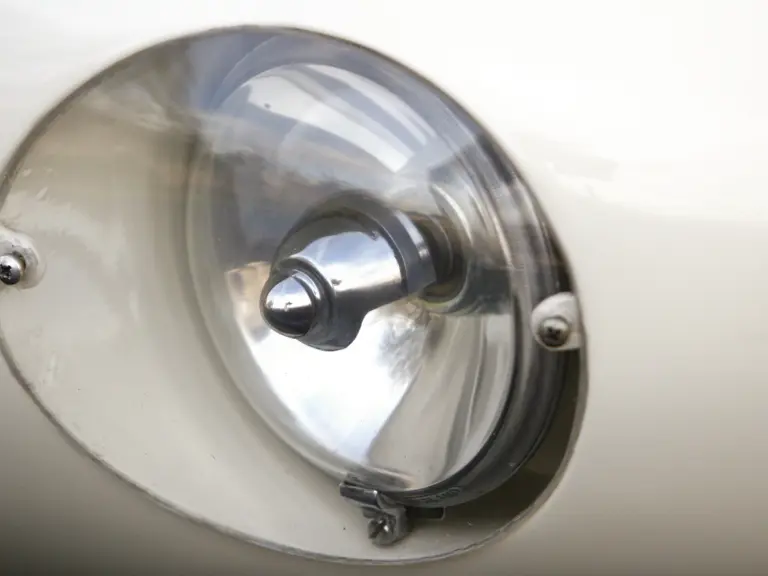

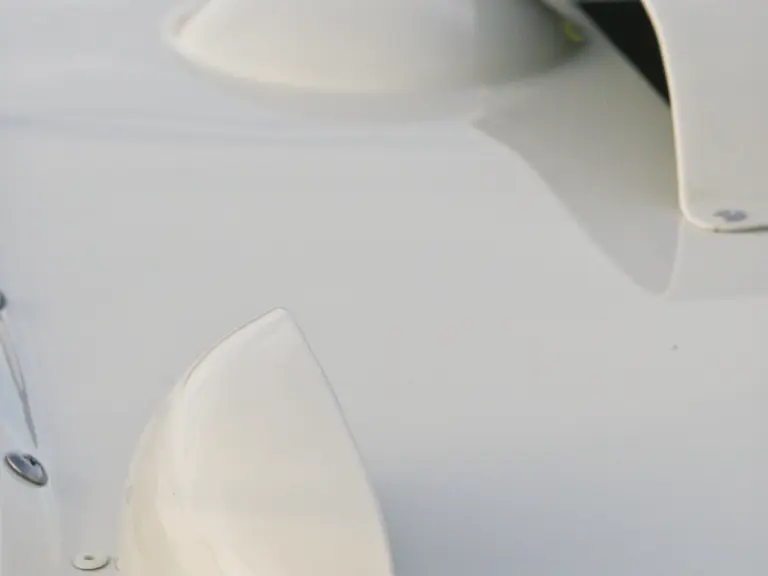

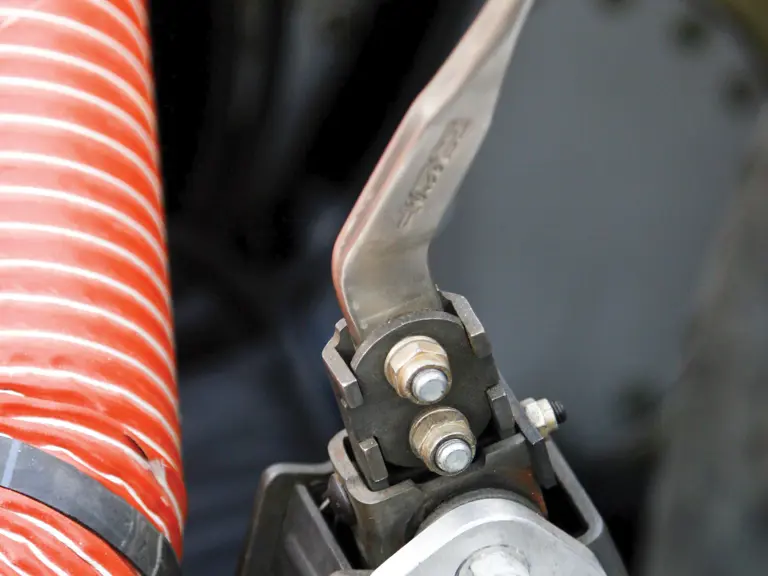

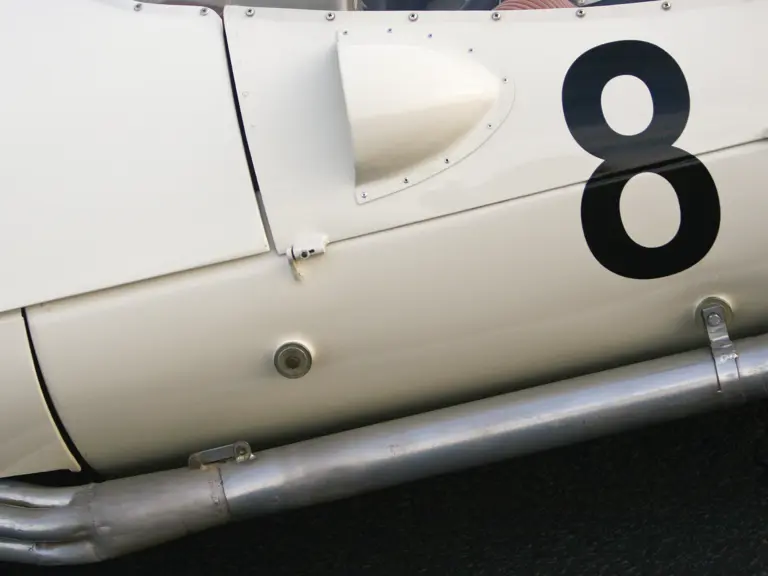
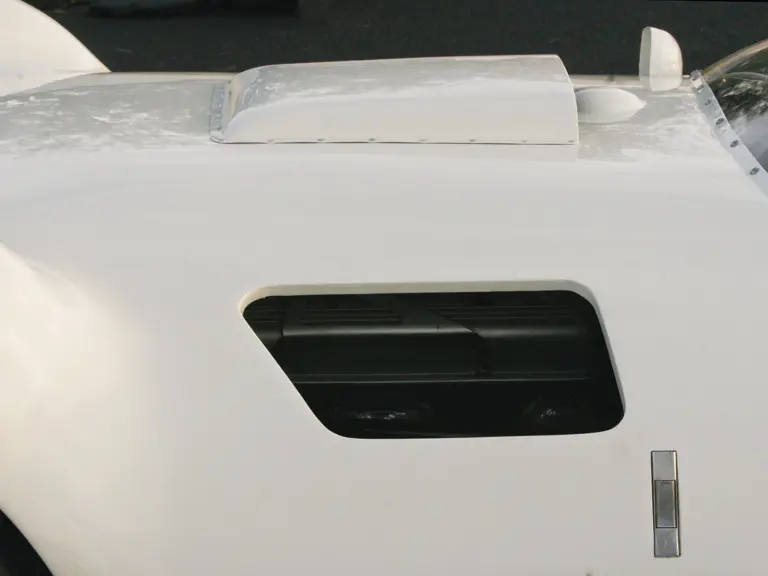
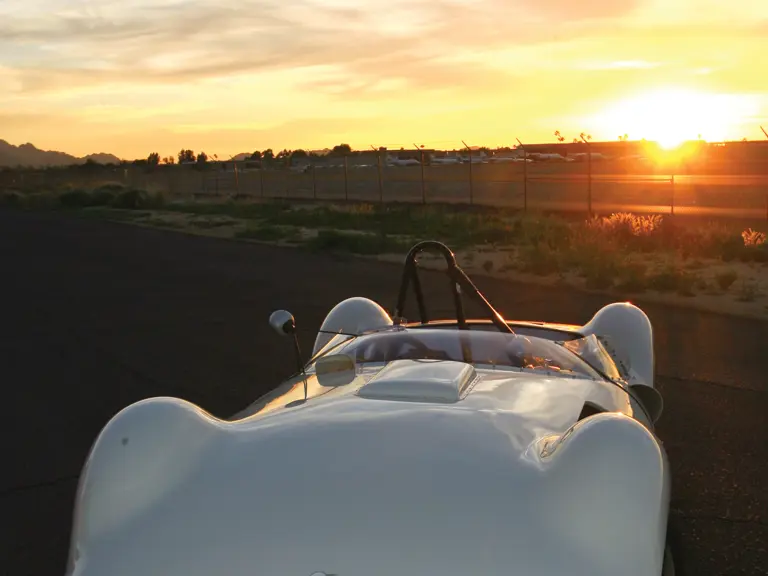
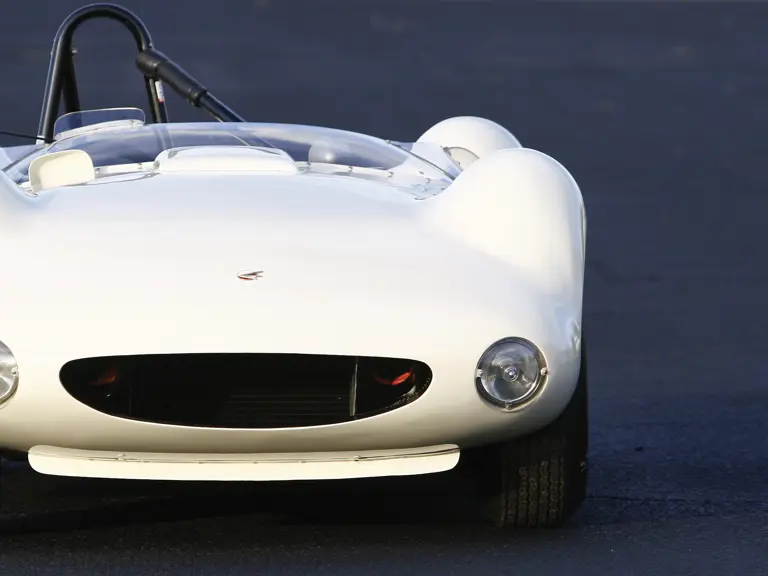

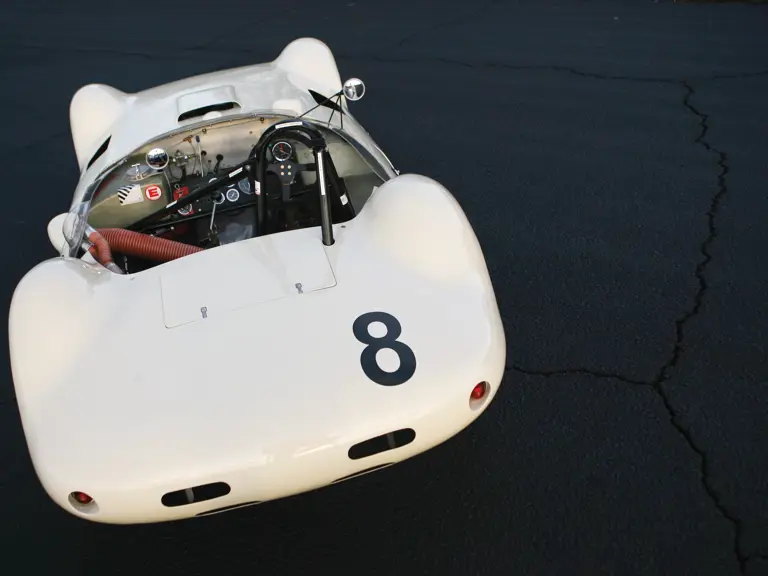
 | Phoenix, Arizona
| Phoenix, Arizona

